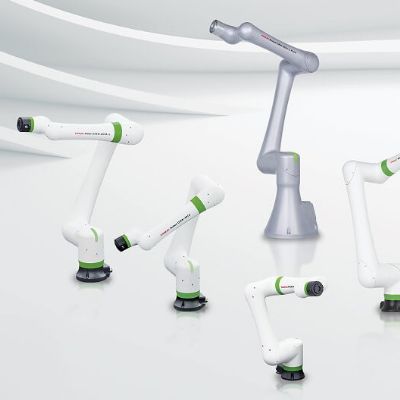Automation and Humans: Replacement or Enhancement?
February 26, 2024Comments
A dichotomy of messaging is being transmitted from the manufacturing industry concurrently.
One: Manufacturing employers are desperate and clamoring for new employees to perform important tasks. The other: Manufacturing leaders are buying robots and automation to replace employees as fast as they can.
Workforce Welcome
Per the U.S Bureau of Labor Statistics, more than 600,000 manufacturing jobs are unfilled today, and 2 million may be unfilled by the end of the decade.
A couple of weeks ago I moderated a MetalForming Live session, “Recruit, Retain, Train.” Metal forming and fabricating leaders outlined their dire need for workers of various skill levels and explored strategies to attract the next-gen workforce. These company leaders showed an obvious appreciation for a hard-working workforce.
Replacement Theory
A few years ago I toured a midsized Midwest-U.S. metal fab shop. “My dream is to buy robots,” the plant’s owner told me, as we walked within earshot of a dozen of his employees. “They don’t take breaks or vacations, get sick, or ask for raises.” I cringed at the grimaced expressions of his employees who heard his words—and probably not for the first time.
While I understand that U.S. manufacturers, challenged by global competition from low-wage countries, deploy automation to become more productive, leveraging automation to suppress their workforce is, well … crappy. Even more significant: That message suppresses the entry of the next generation of workers.
Would you want to enter an industry that plans to replace you with a robot? Would you encourage your children to do so? Being a human myself, I’d guess not.
Automation Increases Productivity
Automation undeniably is one of the largest, fastest-growing segments of capital-equipment purchases. For stampers and fabricators, that includes press transfer systems, coil loaders and unloaders, destackers, conveyors, auxiliary press equipment, and yes, robots and cobots. The United States’s steadily growing manufacturing output with a decreasing industrial population is net positive for manufacturers and consumers. More product out the door, quicker. More stuff to buy, cheaper. The growth of automation in industry certainly has been a main component of that increased productivity.








